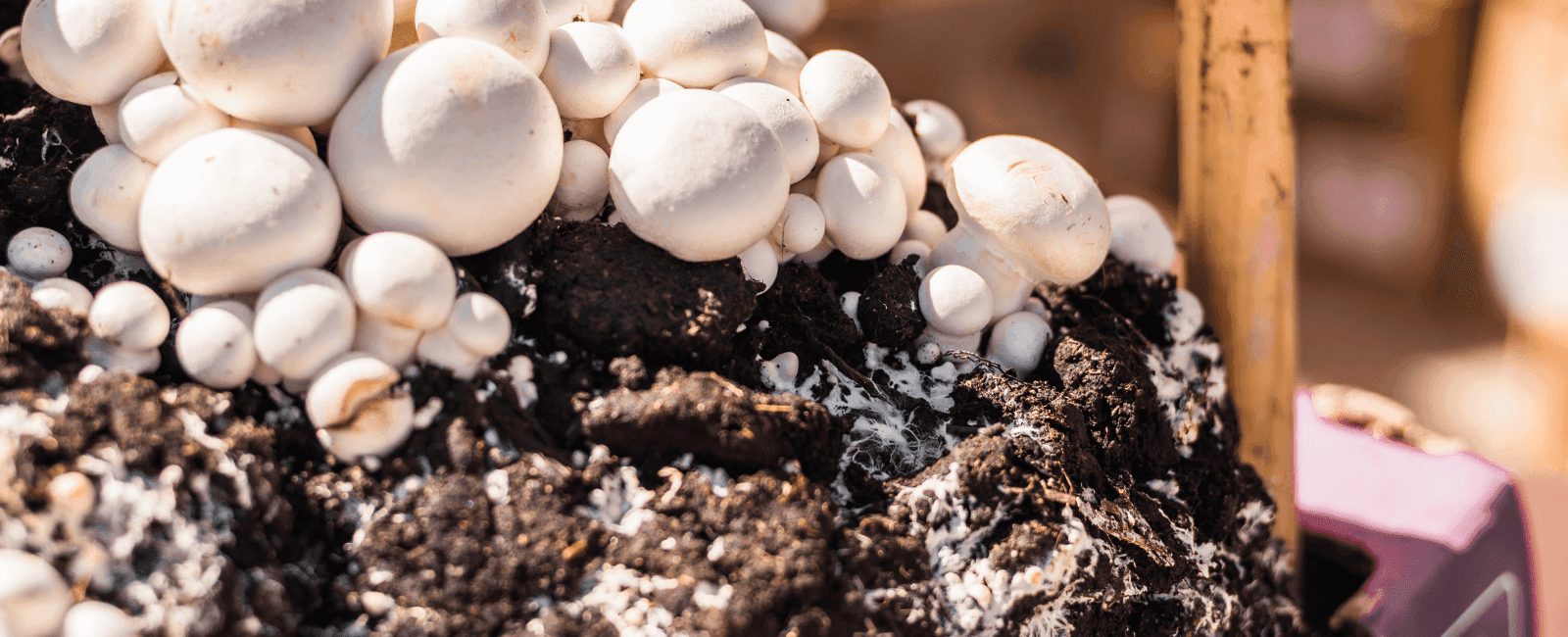

Over the past few years, scientists have noticed a concerning increase in organic micropollutants in surface and groundwater, including bodies of water used as drinking sources. The pollutants pose significant threats to human health and the environment since high or accumulated amounts can have toxic effects. Recognizing the urgency of addressing this issue, researchers have been seeking out new methods to effectively remove these hazardous substances from the water in a sustainable way. A recent study has uncovered a promising approach using spent mushroom substrate (SMS) from Agaricus bisporus, commonly known as the white button mushroom. This substrate, usually disposed of as agricultural waste after mushroom cultivation, has shown remarkable potential in water purification. This method may mark a significant advancement in water treatment methods, as it could transform waste into a valuable resource for removing organic micropollutants from the water.
The problem of organic micropollutants
A large majority of organic micropollutants result from things like chemicals, medications, personal care products, and pesticides that enter nearby waterways through runoff or household drains. These pollutants can also come from natural sources such as animal waste, forest fires, and decomposing organic matter. Since organic micropollutants are small, complex molecules, they are rather challenging to clear from water. These pollutants are sometimes removed using active carbon or membrane filtration systems. However, active carbon does not catch all organic micropollutants and must be regularly refreshed, while membrane filters create waste that contains high levels of other toxins. This waste often ends up in wastewater treatment plants or directly back into the environment. Because not all pollutants can be removed during wastewater treatment, there is ongoing pollution in our bodies of water, leading to a continuous cycle of increased levels of toxic substances.
SMS and its role in removing pollutants
Organic micropollutants come in such a wide variety that it is difficult to remove all of them with a single system. Nonetheless, fungi that degrade wood and plant litter have the potential to solve this issue because they produce specialized enzymes. These enzymes not only break down plant fibers but can also tackle tough chemicals like dyes, drugs, and herbicides.
Spent mushroom substrate is typically comprised of organic materials like straw, manure, or wood chips, which still contain biological and chemical activity from the mushrooms that had previously grown on them. SMS has been used in previous studies, yielding promising results for its ability to clean up and absorb heavy metals and other pollutants from soil and wastewater. For instance, adding SMS to soil contaminated with heavy metals can change the soil’s chemical makeup and turn these metals into immobilized forms that can’t easily re-enter the surrounding ecosystem (1).
The global mushroom industry creates an estimated ten to fifty million metric tons of SMS annually. White button mushrooms, the most commonly cultivated mushroom in the world, contribute greatly to this volume. Given the abundance of SMS, utilizing it in environmental applications such as water purification provides a sustainable opportunity to manage waste while addressing water pollution.
Benefits of using SMS for water purification
To determine the mechanisms responsible for SMS’s filtration abilities, researchers treated water contaminated with organic micropollutants with SMS and compared the concentrations of pollutants before and after treatment. The results indicated that the porous nature of SMS effectively absorbs and traps a wide range of organic micropollutants from the water. Furthermore, the enzymes and microbial biodiversity of SMS contribute significantly to the biodegradation of these pollutants, breaking them down into less harmful compounds. The effectiveness of SMS in clearing organic micropollutants demonstrated a removal efficiency as high as 90% for some compounds within a few days (2).
Since SMS is a by-product of mushroom cultivation, it is an economically viable option for water treatment compared to more expensive technologies. Plus, by repurposing agricultural waste, using SMS in water treatment is a significantly more sustainable option. SMS also reduces the need for harsh chemical treatments, which could produce secondary pollution.
The future of mushroom substrate for water purification
Given the large quantities of SMS produced annually, there is significant potential to scale this solution to meet the needs of various regions, making it an ecologically friendly solution to water pollution challenges worldwide. This would involve making SMS readily available for large-scale water treatment projects.
More in-depth studies will be needed to optimize the conditions under which SMS is most effective, including adjusting pH levels, temperature, and contact time to maximize pollutant removal effectiveness. Yet, with continued research and optimization, SMS could play a crucial role in addressing global water quality issues, especially regarding organic micropollutants.
References
- Brigit van Brenk, Fleur E.L. Kleijburg, Antoine J.B. Kemperman, Walter G.J, and Han A.B. Wösten. 2024. “Enzymatic and Non-Enzymatic Removal of Organic Micropollutants with Spent Mushroom Substrate of Agaricus Bisporus.” Applied Microbiology and Biotechnology 108 (1). https://doi.org/10.1007/s00253-024-13132-3.
- García-Delgado, C., M. Alonso-Izquierdo, M. González-Izquierdo, F. Yunta, and E. Eymar. 2016. “Purification of Polluted Water with Spent Mushroom (Agaricus Bisporus) Substrate: From Agricultural Waste to Biosorbent of Phenanthrene, Cd and Pb.” Environmental Technology 38 (13-14): 1792–99. https://doi.org/10.1080/09593330.2016.1246614.


